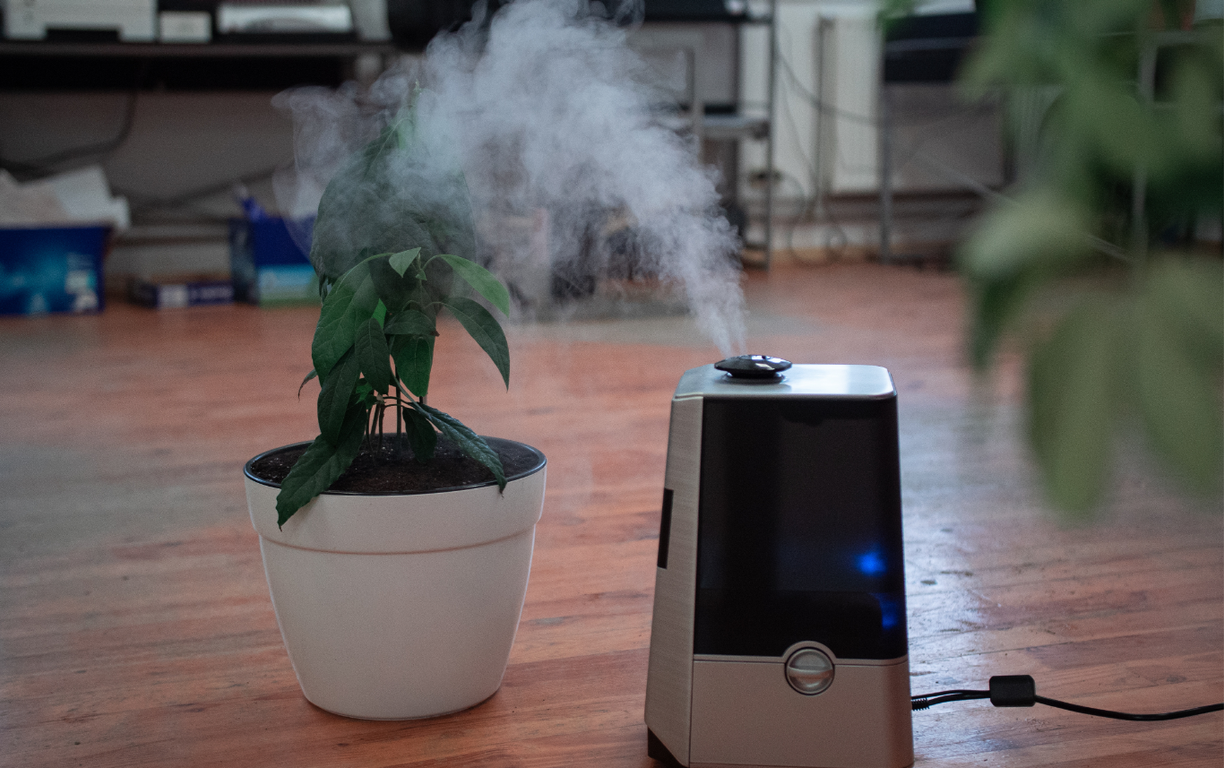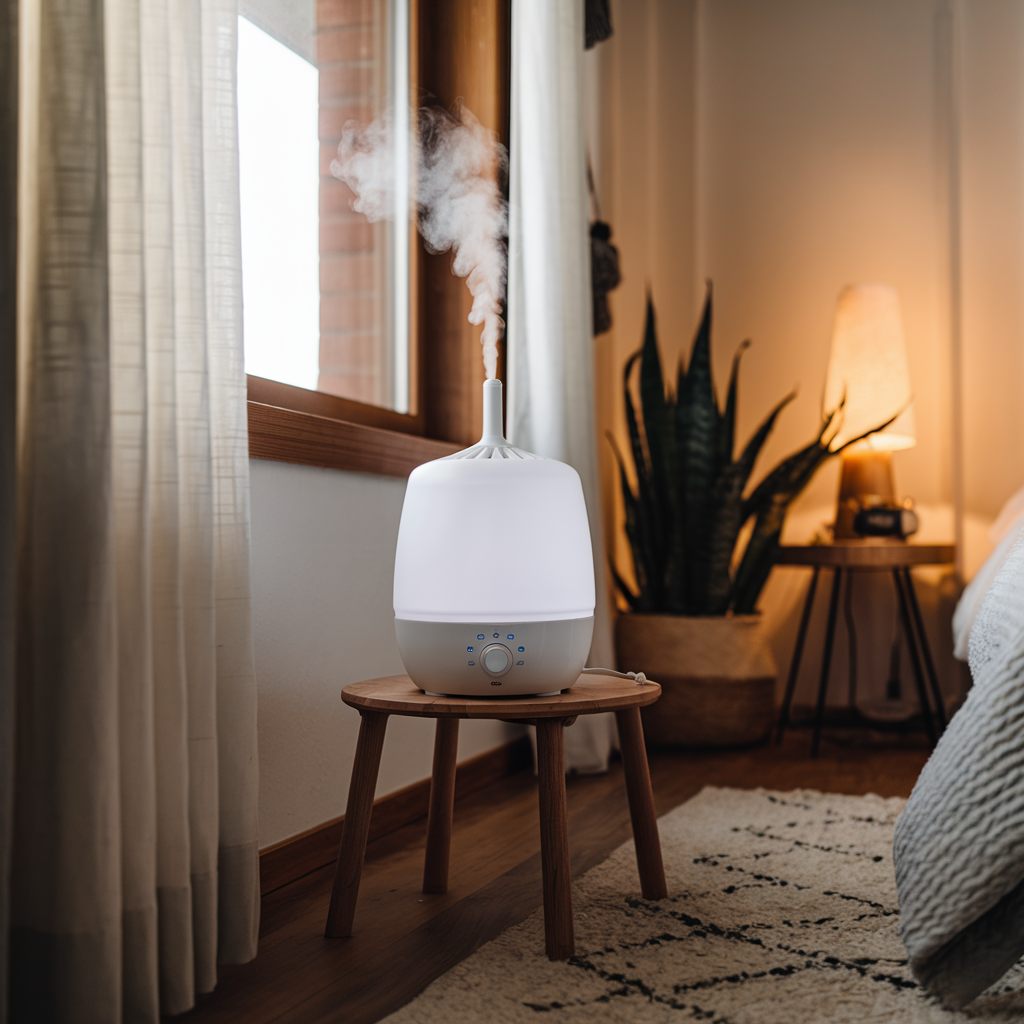Physical Address
304 North Cardinal St.
Dorchester Center, MA 02124
Physical Address
304 North Cardinal St.
Dorchester Center, MA 02124

As winter rolls in and the air becomes dry and crisp, I often find myself wondering about the benefits of using a humidifier. The cold months can wreak havoc on our skin, respiratory systems, and overall comfort. With indoor heating cranked up, it’s easy for the humidity levels to plummet, leading to a range of issues from dry skin to increased susceptibility to colds.
I've discovered that running
As winter rolls in and the air becomes dry and crisp, I often find myself wondering about the benefits of using a humidifier. The cold months can wreak havoc on our skin, respiratory systems, and overall comfort. With indoor heating cranked up, it’s easy for the humidity levels to plummet, leading to a range of issues from dry skin to increased susceptibility to colds.
I’ve discovered that running a humidifier during winter can be a game changer. By adding moisture back into the air, it not only creates a more comfortable living environment but also helps maintain my health. In this article, I’ll explore the advantages of using a humidifier in winter and how it can improve both my home and well-being.

Understanding humidity levels in winter helps determine whether using a humidifier is beneficial. Maintaining optimal humidity enhances comfort and health indoors during cold months.
The ideal indoor humidity range is between 30% and 50%. This level effectively reduces the risk of respiratory issues, dry skin, and static electricity. It supports overall comfort and well-being. Humidifiers can help achieve this range, especially when indoor heating causes air to become excessively dry.
Low humidity can lead to several adverse effects. Skin may become dry and irritated, increasing the risk of conditions like eczema. Respiratory problems, such as nasal congestion and throat irritation, can worsen. Additionally, dry air may damage wooden furniture and flooring, causing them to crack or warp. Addressing low humidity with a humidifier mitigates these issues and improves indoor air quality.
Using a humidifier during winter offers several advantages, especially when indoor heating reduces humidity levels. It enhances health and comfort during the colder months.
Humidifiers play a crucial role in maintaining respiratory health. They alleviate dry throat and nasal passages, reducing the risk of infections and colds. Keeping humidity levels around 30% to 50% helps thin mucus, making it easier to breathe. Moist air also hydrates the skin, preventing dryness and irritation, which can lead to eczema and similar issues. Further, a humidifier can reduce static electricity, minimizing discomfort caused by electrically charged surfaces.
Comfort improves significantly with the use of a humidifier. Moist air feels warmer, allowing for lower thermostat settings, which can reduce heating costs. Maintaining optimal humidity levels prevents furniture from drying out, preserving its quality and condition. Furthermore, a balanced humidity level enhances sleep quality by creating a more pleasant sleeping environment, leading to better overall well-being.
While using a humidifier offers several benefits during winter, some potential drawbacks exist that warrant consideration.
Excess humidity can lead to discomfort and health issues. When indoor humidity exceeds 50%, the environment becomes conducive to mold growth and dust mites, both of which can trigger allergies and respiratory problems. I find that maintaining humidity levels between 30% and 50% is crucial, as higher levels may cause condensation on surfaces, damaging walls and furniture. Using a hygrometer helps monitor these levels effectively.
Regular maintenance is essential to ensure a humidifier functions efficiently. I notice that if not cleaned properly, humidifiers can become breeding grounds for bacteria and mold, releasing these contaminants into the air. This situation poses health risks, particularly for individuals with respiratory conditions. Cleaning the humidifier weekly with vinegar or specific solutions prevents buildup and keeps the device safe for use. It’s also important to replace any filters as recommended by the manufacturer to enhance air quality.
Selecting the appropriate humidifier involves understanding the available types and essential factors that contribute to its effectiveness in improving indoor air quality during winter.
Selecting the right humidifier enhances indoor air quality and promotes a healthier winter experience.
Using a humidifier in winter can truly transform your indoor environment. It not only combats the discomfort of dry air but also promotes better health and well-being. By maintaining the right humidity levels, I’ve found that I can breathe easier, sleep better, and keep my skin hydrated.
However, it’s crucial to monitor humidity to avoid potential drawbacks like mold growth. With proper maintenance and the right choice of humidifier, I’ve experienced firsthand the benefits that come from adding moisture to the air during those cold months. Investing in a humidifier is definitely a step toward a more comfortable winter season.